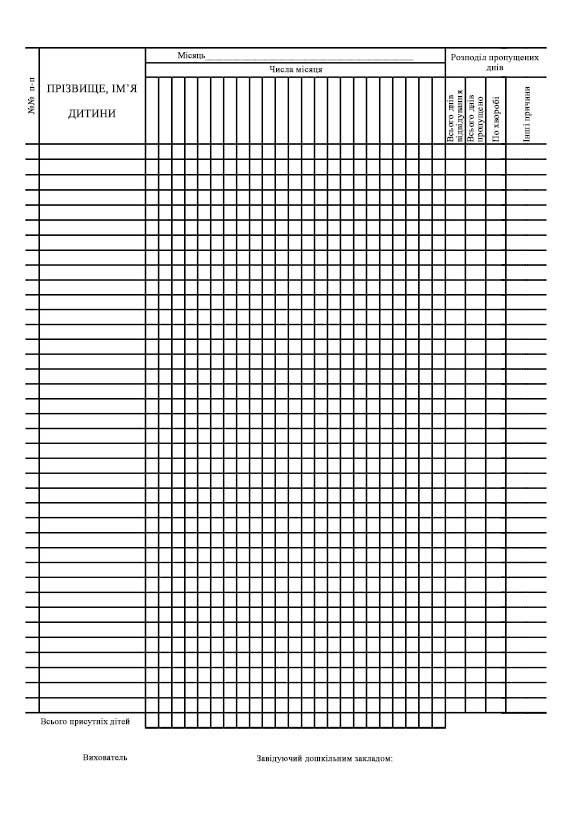Tabelj Oblku Vdvduvannya Dtej Forma No 305

Utjecaj nagiba terena na kemijske značajke vinogradarskih tala Plešivice Conference Paper (PDF Available) February 2012 with 69 Reads Conference: 47th Croatian and 7th International Symposium. I have reviewed this report on Form N-Q of T. Rowe Price Financial Services Fund, Inc.; 2. Based on my knowledge, this report does not contain any untrue statement of a material fact or omit to state a material fact necessary to make the statements made, in light of the circumstances under which such statements were made, not misleading with respect to the period covered by this report.

After herbivory, plants release volatile organic compounds from damaged foliage as well as from nearby undamaged leaves that attract herbivore enemies. Little is known about what controls the volatile emission differences between damaged and undamaged tissues and how these affect the orientation of herbivore enemies. We investigated volatile emission from damaged and adjacent undamaged foliage of black poplar ( P opulus nigra) after herbivory by gypsy moth ( L ymantria dispar) caterpillars and determined the compounds mediating the attraction of the gypsy moth parasitoid G lyptapanteles liparidis (Braconidae). Female parasitoids were more attracted to gypsy moth‐damaged leaves than to adjacent non‐damaged leaves.
The most characteristic volatiles of damaged versus neighbouring undamaged leaves included terpenes, green leaf volatiles and nitrogen‐containing compounds, such as aldoximes and nitriles. Electrophysiological recordings and olfactometer bioassays demonstrated the importance of nitrogenous volatiles. Under field conditions, parasitic Hymenoptera were more attracted to traps baited with these substances than most other compounds. The differences in volatile emission profiles between damaged and undamaged foliage appear to be regulated by jasmonate signalling and the local activation of volatile biosynthesis. We conclude that characteristic volatiles from damaged black poplar foliage are essential cues enabling parasitoids to find their hosts. Volatile collection and analysis To investigate the local and systemic emission of volatiles from P. nigra after L. dispar feeding, two individual trees (approximately 1.20 m in height and 1 year old) of each of 20 different genotypes were selected (40 trees altogether).
Shrift matrichnogo printer software. Twenty trees were then infested with gypsy moth caterpillars and the other 20 functioned as controls. Thus, each treatment contained 20 tree genotypes as replicates. During the experiment, trees were kept in a climate chamber (humidity: 60%, day/night temperature: 20 °C/16 °C; 16 h light). The experiment was performed approximately 2 months after leaves started flushing.